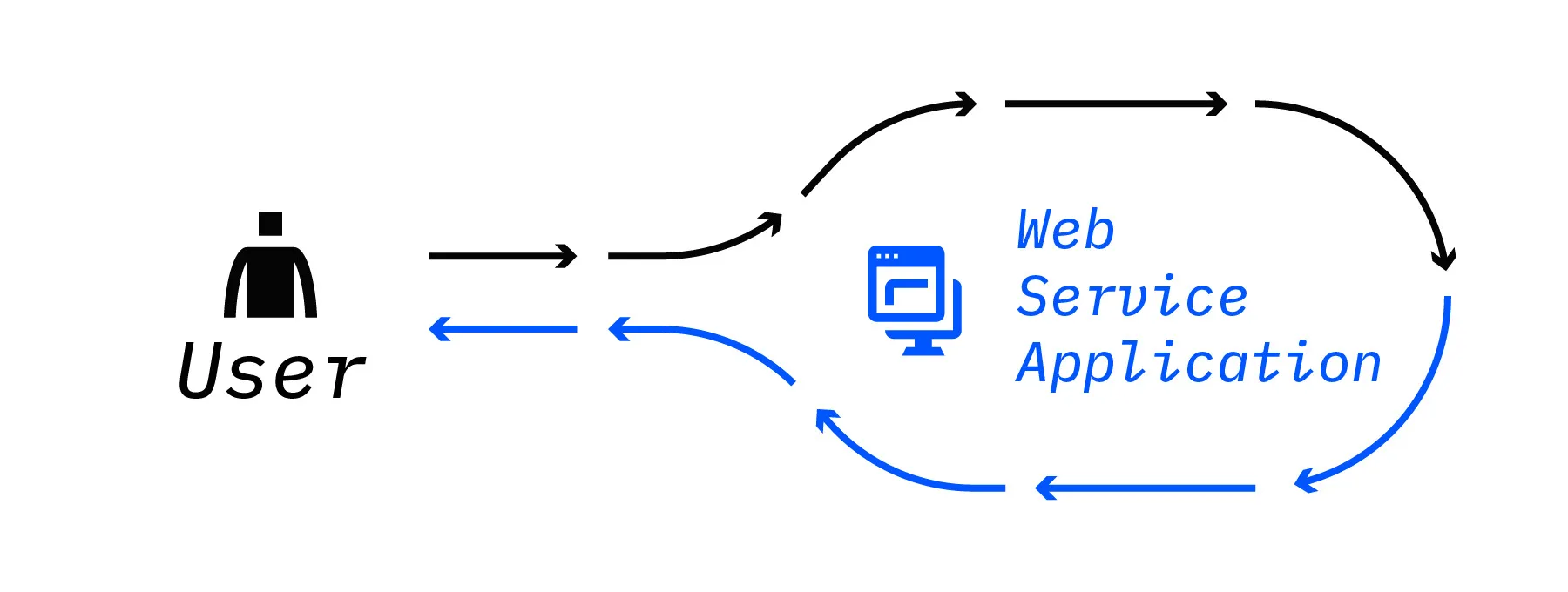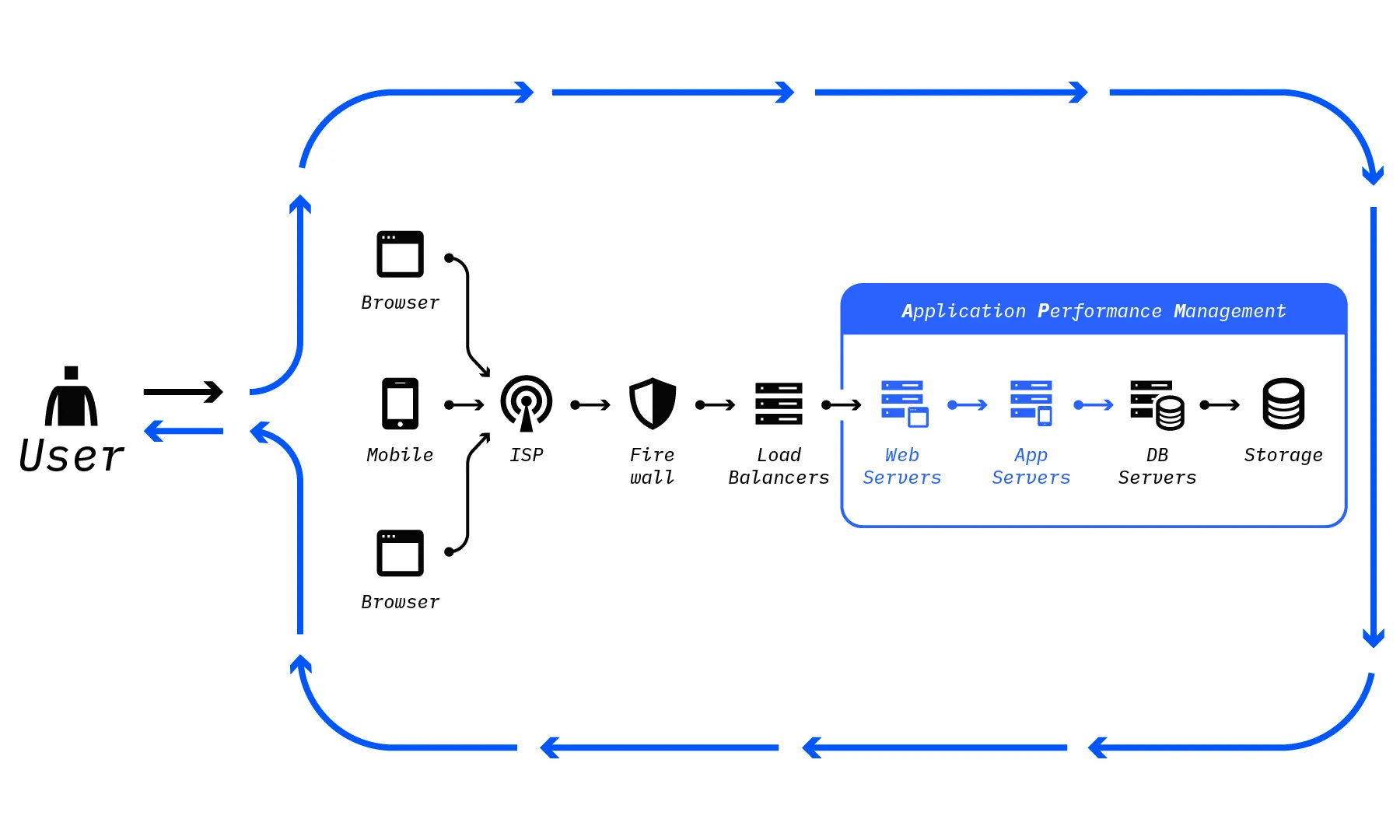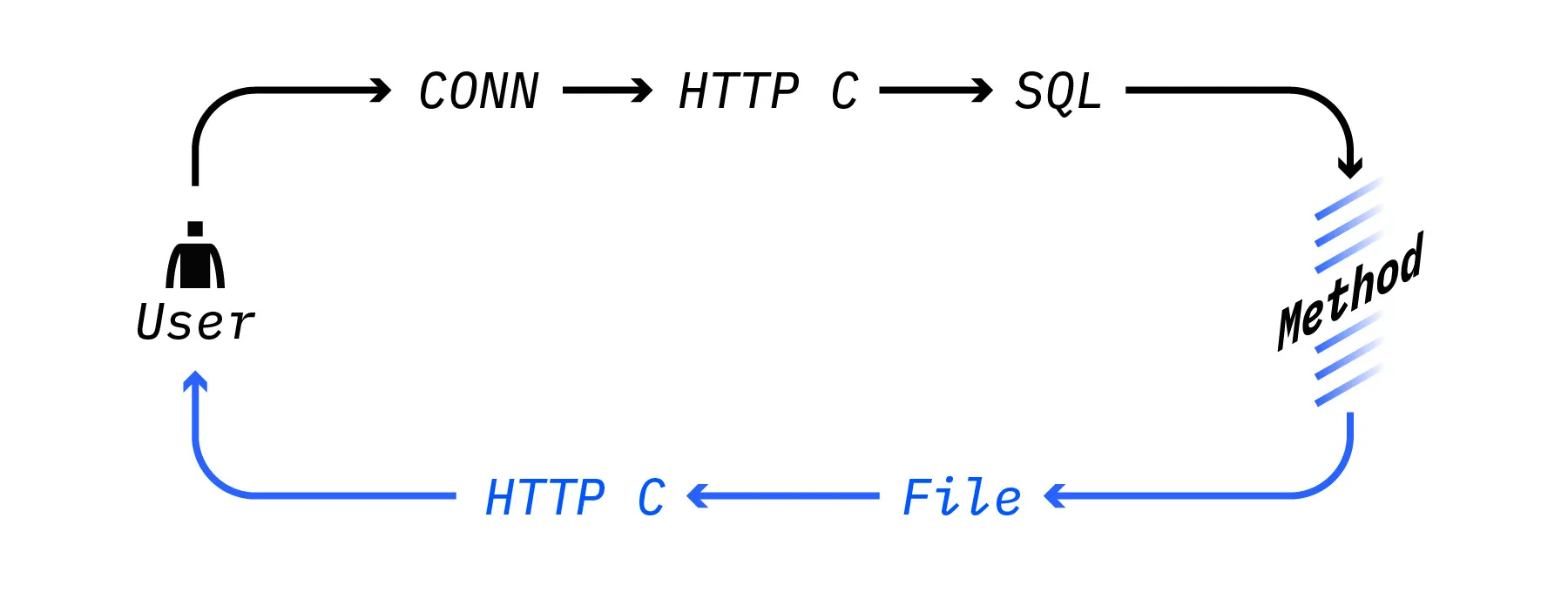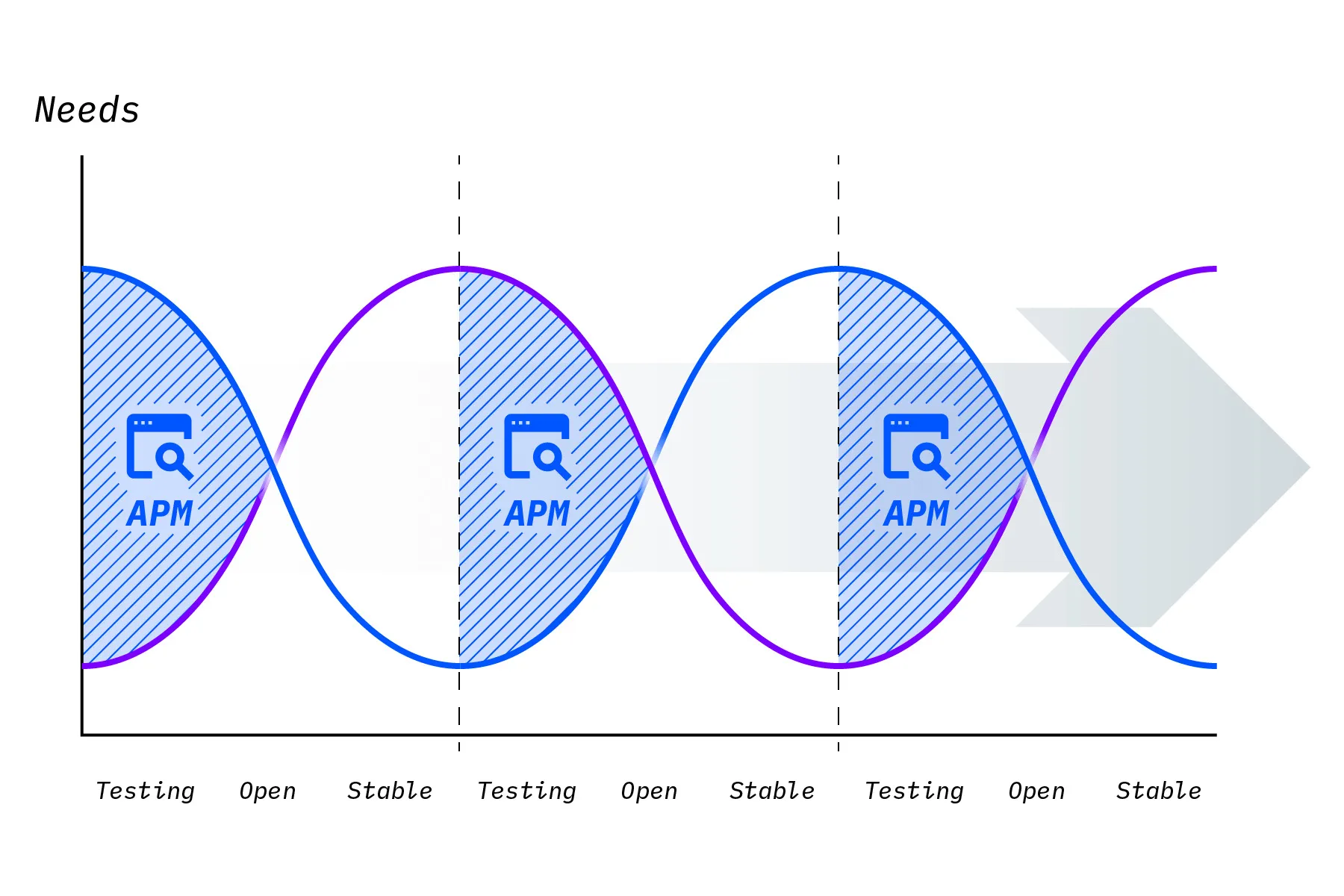

Although many well-known startups commonly utilize it, there are still some lesser-known services. Startups with exceptional innovation and validated business viability often adopt these services, yet there are certain services that remain relatively undiscovered. One such service is Application Performance Management (APM).
APM Service Analyzing Server Functions

Application Performance Management (APM) involves analyzing and tracking the performance of application servers in web or mobile environments, capturing and storing the internal workings of the service. For IT enterprises, service quality is paramount, but continuously monitoring the quality of web services around the clock is no easy task. For instance, even if a customer reports an issue and expresses dissatisfaction, reproducing the problem and conducting analysis become challenging once the incident has passed. APM services play a crucial role in identifying who is experiencing issues, and providing insights into the root causes of discomfort."

APM services analyze web applications. Before the year 2000, most programs were primarily composed in a stand-alone format, but in recent times, virtually all enterprise services are web-based. Web services typically consist of a Web Application Server (WAS) or a Web Server at the forefront. APM services are designed to trace every transaction passing through the WAS or Web Server.

A single web service is comprised of numerous applications and platforms, making the analysis of performance from an application perspective overly complex. Therefore, APM services focus on analyzing customer transactions as a central point.
The APM service meticulously separates and traces each transaction of all customers utilizing the web service, verifying step-by-step execution times. The APM service tracks various aspects, including the time of connection to the service, the time taken to call other applications, the time spent connecting to the database, and the time taken to execute queries.
The term 'stand-alone' refers to a device that is self-contained and does not require assistance from any other device. For example, a fax machine can be considered a stand-alone device because it does not need a computer, printer, modem, or other devices. On the other hand, a printer is not a stand-alone device because it always requires a computer to send data. (Source: http://www.terms.co.kr/stand-alone.htm)
The Lifecycle of Traditional APM

Traditional APM solutions have been employed extensively during the service testing phases of large-scale projects. As development nears completion, they are used to verify whether individually created functionalities can withstand the anticipated loads. Subsequently, after the service is launched, these solutions are consistently utilized until the service reaches a state of complete stability. Once the service is sufficiently stable, the focus often shifts to intensifying monitoring of unexpected physical failures in the infrastructure, reflecting the typical operational environment in IT.
The Recent Lifecycle of APM

One of the recent characteristics of IT development processes is the short update cycle. In the past, updates were minimized through strict operational protocols after development, maximizing the stability of services. However, in today's rapidly changing business environment, IT services are now pursuing both stability and speed. Due to this dynamic landscape, the importance of APM has been emphasized across the IT spectrum. Especially among startups that are quickly building their businesses, companies focusing on stability are addressing issues through APM services.
The Reasons Behind APM Is Unfamiliar to Developers
APM is still an unfamiliar service to domestic developers. The reason for this is that APM solutions have traditionally been utilized by operators within enterprise organizations. In particular, IT services in enterprise organizations have often kept development teams external while maintaining only operational teams. As a result, APM has not been a familiar tool for developers
However, with the recent trend of shorter development cycles and the close integration of IT services with business operations, enterprise organizations are transitioning from operation-centric processes to development-centric approaches. In line with this shift, even in enterprise settings, development teams are actively participating in both development and operations, utilizing APM services.
Evolution of APM

Around 2010, foreign companies such as New Relic, AppDynamics, and Dynatrace began offering APM solutions as services, leading to a widespread adoption of APM services in the North American startup industry.
Traditional APM solutions were optimized for enterprise use, with complex installation processes, challenging usability without going through sales channels, and notably high pricing. However, service-based APM solutions were immediately deployable and user-friendly.

Korea, while being a country where APM solutions have advanced globally, unfortunately, in 2018, APM solutions were exclusively provided as a service by only a few companies, such as WatrHub. It is a regrettable aspect. In 2019, there is an expectation for domestic APM solution vendors to introduce services based on SaaS
APM Services in Korea

Kim Sungjo, the CTO of WhaTap, is a key figure in the history of domestic APM. In 2000, with the rise of the internet, website outages became more frequent. In response, LG CNS established an optimization team of five experts to enhance the quality of customer web services in which they were involved and address issues. CTO Kim Sungjo joined this team as a web application specialist.
The expertise accumulated in the LG Optimization Team will be integrated into future products of the JenniferSoft APM solution. JenniferSoft's APM solution, specializing in rapid analysis and fault resolution, receives higher acclaim compared to overseas APM solutions, establishing itself as a leading force in the Korean APM solution landscape.
In the context of the IT market transitioning to the cloud, Watthub's CTO, Kim Sungjo, returns to LG CNS. While at LG CNS, he spearheads the development of an open-source-based APM, which is now known as Scouter. Currently, Scouter is widely adopted by many enterprises, in collaboration with Pinpoint, a distributed system tracing platform developed by Naver.
As of 2018, companies providing performance analysis solutions domestically have not yet ventured into offering Software as a Service (SaaS) solutions. However, it is hoped that these companies will soon develop SaaS services, expanding the choices for startups in selecting Application Performance Management (APM) services.
Conclusion
Not only WhaTap but also many international companies such as New Relic, AppDynamics, and Dynatrace are already providing excellent Application Performance Management (APM) services. In North America, numerous startups are adopting APM services from the development stage, allowing developers to actively participate in the initial operation of services. In the domestic context, there is a growing trend where developers take responsibility for both development and operations, and there is also increasing interest in DevOps. While using domestic services has the advantage of receiving diverse education and support, for those proficient in English, it is advisable not to insist solely on domestic products. Exploring and applying various products is recommended to find the service that best suits one's needs. Especially for growing startups, early adoption is crucial to providing stable services to customers.
.svg)
.svg)






